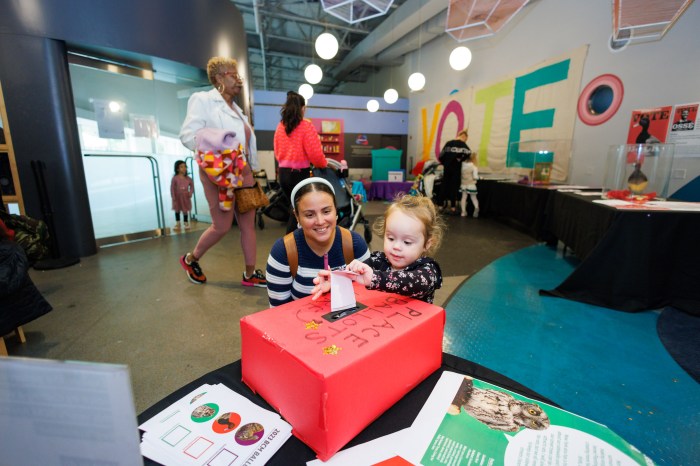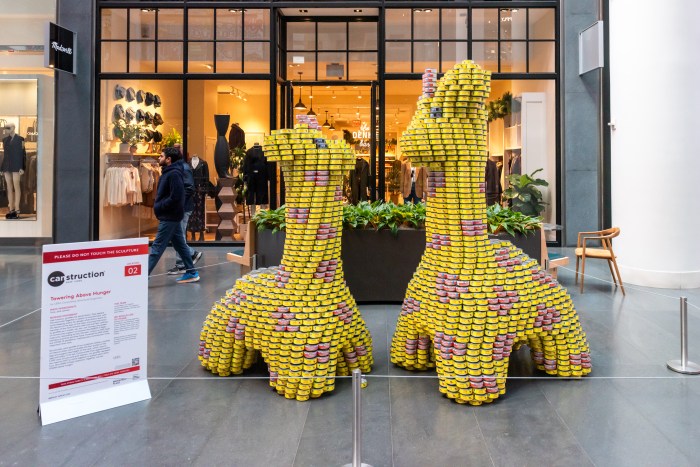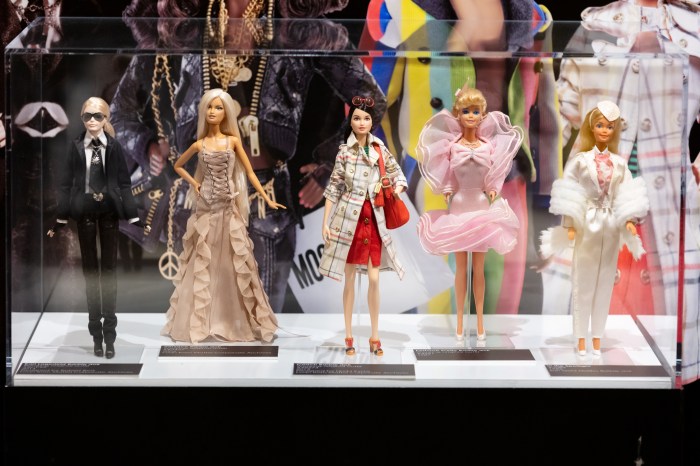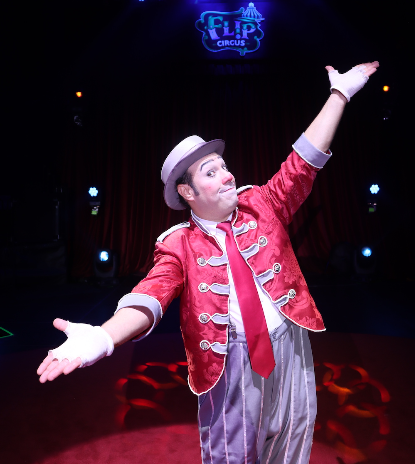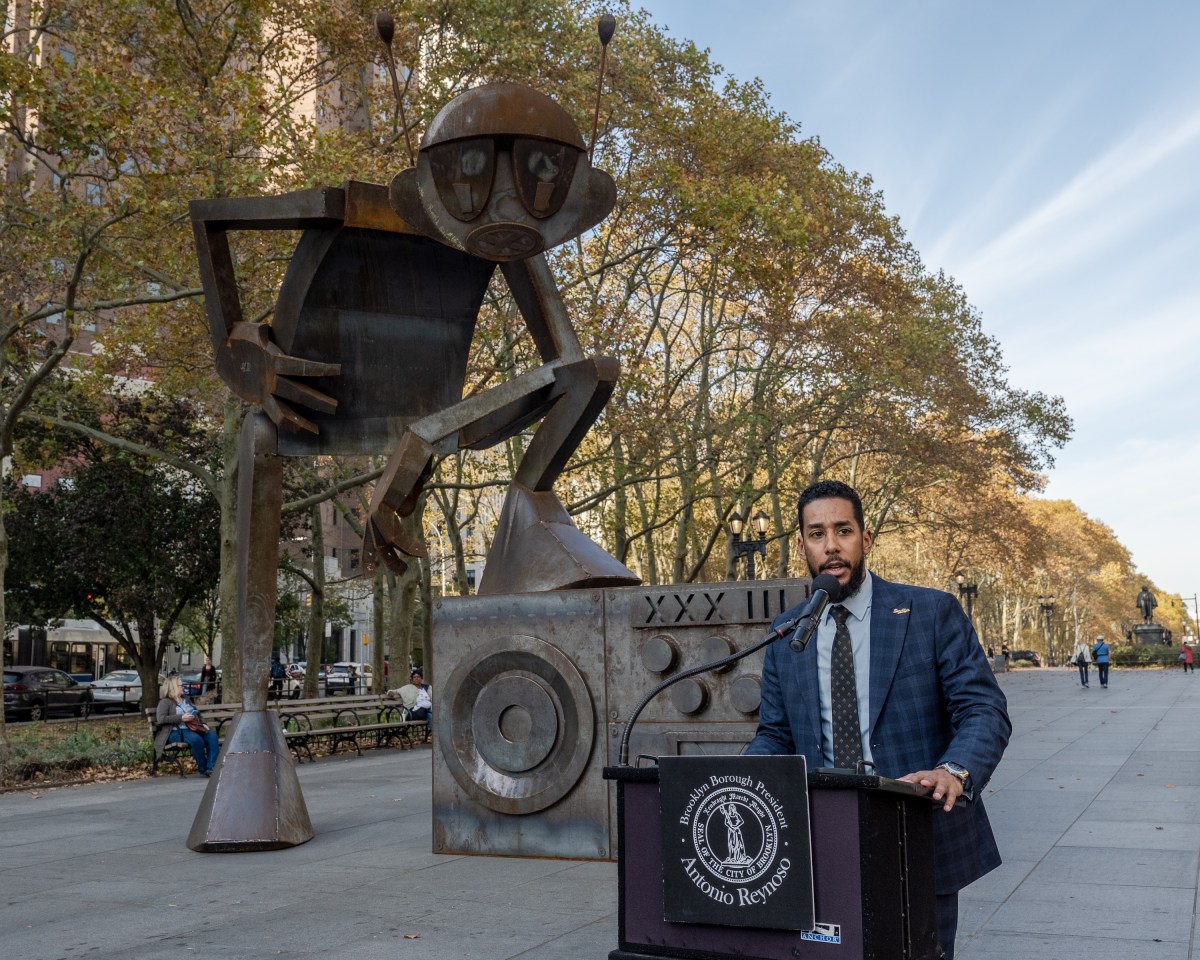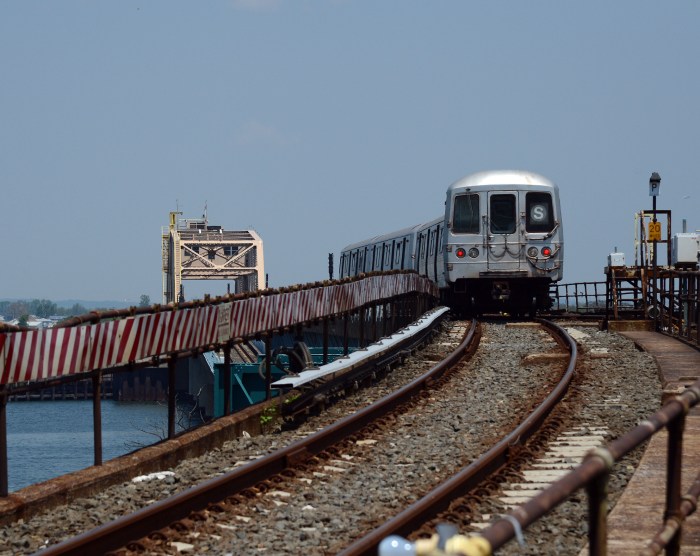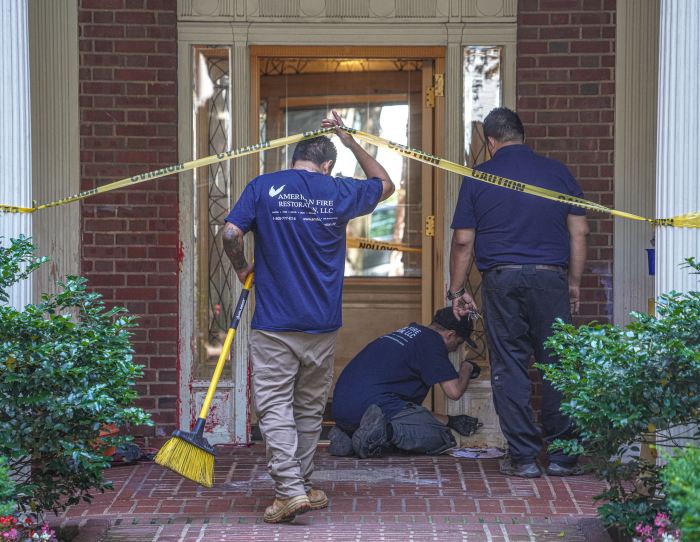
Bus and rail riders are digging deeper into their pockets to get around the city.
Commuters gritted through another MTA fare hike that took effect Easter Sunday — part of a system of biennial increases established in 2009. Under the new rates, approved by the MTA board in February, the monthly MetroCard increased from $121 to $127 and the weekly card rose a buck, to $33. The base fare remains at $2.75, but the MTA removed the 5 percent purchasing bonus it offered for riders who paid for at least two swipes on a card.
“It would be fair if the service was improving, but we keep paying more and more for the same thing,” said Sofia Castro, a musician in Washington Heights, who added that she frequently commuted to gigs at night, when service is wound down to allow for track work.
“And for me, I’m paying more for worse service at night,” she said. “When it’s bad, it’s bad.”
Other New Yorkers shared the sentiment on Sunday. Leading up to the fare hike, and the passage of congestion pricing, the MTA began holding monthly news conferences touting data showing a decline in delays while on-time performance improved fairly steadily over the last few months. But riders have maintained that they haven’t seen the data bear out in their daily lives.
“I don’t feel that,” Liza Lagunoff, a Chelsea resident and M train rider who works in philanthropy, said in response to the data. Lagunoff said she understood that some night and weekend service needed to be sacrificed for system repairs, but wanted to see more improvements for her dollar — particularly relating to accessibility.
“I don’t mind the work. They have to make fixes — and it’s a 24-hour system. But it’s just all the delays,” she said, adding that the elevators at her work station, Lexington Avenue/53rd Street, are frequently out of service.
“My worry is that, for people with disabilities, they don’t know if they can get out of their subway station when they get there,” she said.
Officials at the MTA said the fare hikes were necessary to keep the authority from having to implement significant subway and bus service cuts. Even with the anticipated new revenue from these fare increases, the authority is facing a serious financial crisis due to poor management and rising labor costs. The MTA is forecasting a billion-dollar operating budget gap by 2022 while it also searches for billions of new dollars to pay for its forthcoming five-year capital plan from 2020 to 2024.
Another hike is planned for 2021, too, and riders Sunday groaned, rolled their eyes and shook their heads when they learned they could be faced with yet another increase then.
“We’re just not seeing big changes or improvements for the money,” said Femi Olagoke, an actor from Harlem, who commutes at all hours of the day for his job. “At nights, it feels like the opposite — like the service has gotten worse.”
Andy Byford, the NYC Transit president, has acknowledged the decline in weekend ridership, but has reasoned that the work being done on weekends and at nights will be worthwhile for the long-term improvement of the system.
Newly appointed MTA chairman and CEO Pat Foye has stressed that the MTA is committed to reforms and strict cost-cutting measures that can hopefully challenge the necessity of a 2021 hike.
“it’s really a question of keeping up with our expenses,” Foye said last week, “and I think that the board will consider and think about the 2021 fare increase when that time comes. My working assumption now is there will be a serious discussion about that in the future.”




